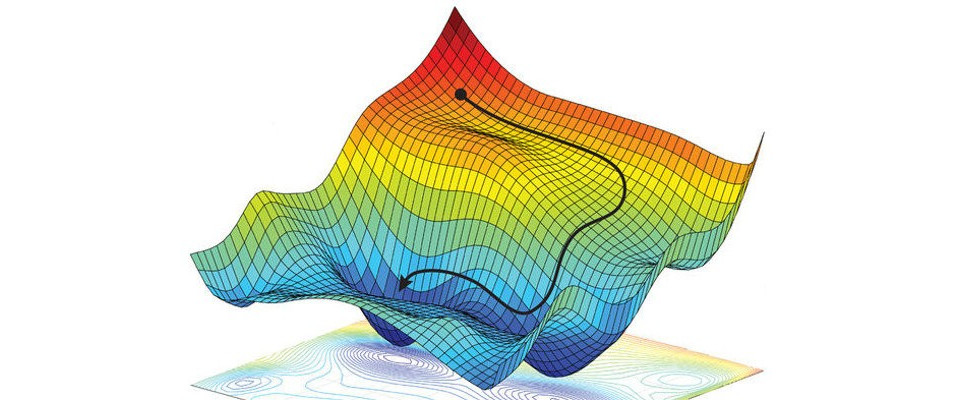Performance measurement is essential to machine learning processes because it enables us to assess the efficacy of models created in machine learning on actual data. By evaluating a model's correctness, generalizability, and data fit, performance measurement enables us to assess how successful algorithms and configurations are. Furthermore, performance measurement improves decision-making processes' dependability by assessing how effectively models function in actual scenarios. Performance measurement, then, is essential to the success of machine learning initiatives because it offers an unbiased evaluation of how well-developed models fit with real-world issues. Therefore, in artificial intelligence initiatives, careful performance monitoring and the selection of relevant indicators are essential.
Every machine learning process involves the use of metrics, which are a basic component for assessing the dependability and efficacy of models. Determining the appropriate performance measures is essential for optimizing algorithms and gauging a project's effectiveness. Leading performance measures for both regression and classification issues are examined in this article, along with the insights they offer into model performance. As a result, you can select the metrics that are most relevant for the given use case.
Some of the leading performance metrics include: Accuracy, Precision, Recall/Sensitivity, F1-Score, ROC Curve and AUC (Receiver Operating Characteristic Curve and Area Under the Curve), RMSE (Root Mean Square Error), MAE (Mean Absolute Error), R-Squared.
Some commonly used metrics in machine learning:
-
Accuracy represents the ratio of correct predictions to the total predictions made by a classification model. The accuracy value helps evaluate how well the model is performing from a general perspective. However, accuracy alone may not fully depict the performance of the model because it can be misleading in cases of class imbalance. In other words, it is important to pay attention to the numbers of false positives (FP) and false negatives (FN) alongside true positives (TP) and true negatives (TN) when the model makes classifications.
True Positive (TP) signifies the instances where the model correctly predicts positive cases that are actually positive. True Negative (TN) indicates the instances where the model correctly predicts negative cases that are actually negative. False Positive (FP) represents the instances where the model incorrectly predicts negative cases as positive. False Negative (FN) indicates the instances where the model incorrectly predicts positive cases as negative.
The accuracy metric evaluates the model's ability to make correct predictions by considering these four scenarios. However, accuracy alone may be insufficient in cases of imbalanced datasets or cost-sensitive problems. Therefore, it is advisable to use it in conjunction with other metrics to more comprehensively assess the model's performance.
- Precision measures the proportion of positive instances among the instances that a classification model predicts as positive. Precision focuses on reducing the number of false positive predictions, thus evaluating the model's ability to correctly identify true positives. Precision is particularly important in cases where the cost of false positive predictions is high, such as in medical diagnoses or fraud detection. Therefore, the precision metric should be used to assess the reliability of the model and minimize the number of false positives.
- Recall, also known as sensitivity, measures the proportion of true positive instances that a classification model correctly identifies. Recall focuses on reducing the number of false negative predictions and evaluates the model's ability to not miss true positives. Particularly in situations where false negative predictions have serious consequences, such as in medical diagnoses or security applications, recall is crucial. Therefore, the recall metric should be used to assess the model's sensitivity and mitigate the risk of missing true positives.
- The F1-Score provides a combined measure of precision and recall performance in a classification model. It balances the effects of both false positives and false negatives, thereby assessing the overall performance of the model more effectively. The F1-Score considers both the accuracy of the model and the risk of missing true positives. Especially in cases of imbalanced classification problems or situations with different costs, the F1-Score should be used.
-
The Receiver Operating Characteristic (ROC) Curve and Area Under the Curve (AUC) are widely used visual and quantitative metrics for evaluating the performance of a classification model. The ROC Curve is a graph that shows the relationship between sensitivity (recall) and the false positive rate at different thresholds of the classification model. The ROC curve visually represents the performance of the model at various levels of sensitivity and specificity. The selection of thresholds can be used to adjust the model's sensitivity or specificity, providing flexibility in the decision-making process.
The AUC (Area Under the Curve) represents the area under the ROC curve. AUC condenses the performance of the classification model across all levels of sensitivity and specificity into a single number. The AUC value typically ranges from 0 to 1; a value approaching 1 indicates that the model has excellent performance, while a value approaching 0.5 suggests performance equivalent to random guessing. Therefore, the AUC value is a measure used to assess the overall performance of a classification model.
ROC Curve and AUC are particularly useful in cases of imbalanced classification problems and situations where different thresholds have varying effects on performance. These metrics provide an important means to understand and optimize the performance of the model across different levels of sensitivity and specificity.
- RMSE (Root Mean Square Error) is a metric used to evaluate the prediction performance of regression models. RMSE measures the differences between the actual values and the predicted values of the model and calculates the standard deviation of these differences. Particularly in cases where prediction errors are significant, such as in financial forecasting or modeling natural phenomena, RMSE is preferred for evaluation.
- MAE (Mean Absolute Error) is a metric used to evaluate the prediction performance of regression models. MAE calculates the average of the absolute differences between the actual values and the predicted values of the model. Particularly in cases where there are outliers, MAE may be preferred over RMSE because it is more resistant to outliers.
- R-Squared (R²) is a metric used in regression models that expresses the proportion of the variance in the dependent variable that is explained by the independent variables. R-Squared indicates how well a model fits the data; a high R-Squared value indicates that the model fits the data well, while a low R-Squared value suggests that the model's ability to fit the data is weak. Therefore, R-Squared is used to evaluate and compare the performance of regression models.
To sum up, performance monitoring is essential to assessing if machine learning initiatives are successful. We can assess the built models' effectiveness on real-world data by using well chosen indicators. Selecting appropriate performance indicators enables us to comprehend the models' precision, capacity for generalization, and data fit. Accuracy, precision, recall, F1-Score, ROC Curve and AUC, RMSE, MAE, and R-Squared are some of the top performance measures. These metrics offer distinct insights and are crucial for situations involving both regression and classification. Making the right measurement choices is essential to gauging the project's success and enhancing your algorithms. Thus, in machine learning initiatives, careful performance measurement and the selection of relevant indicators are required.
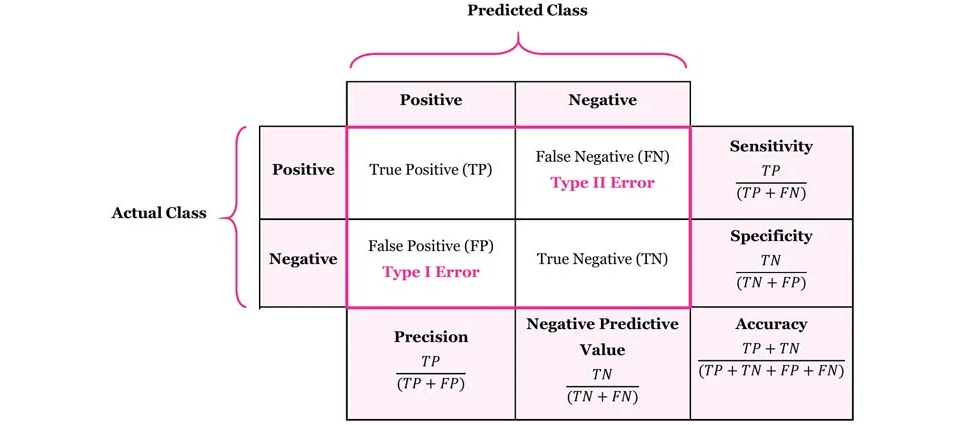
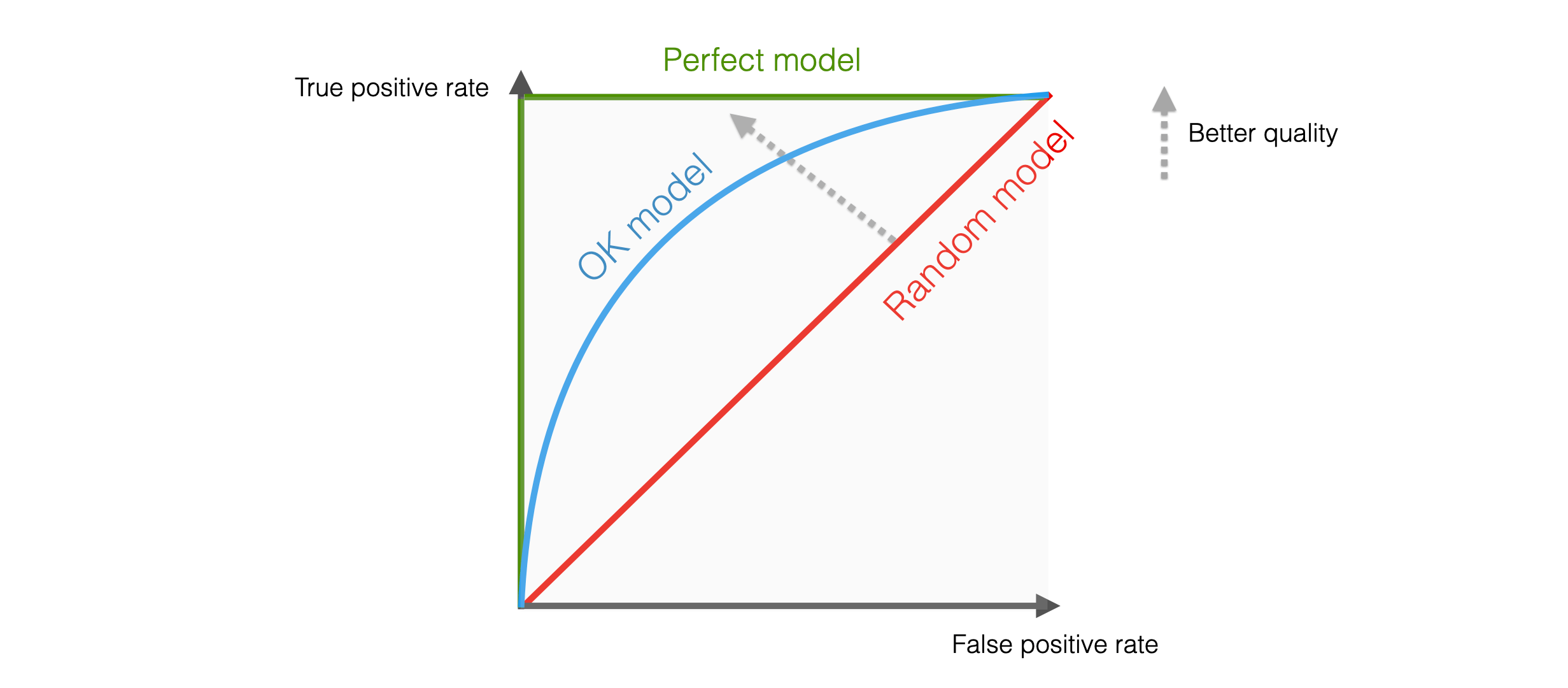






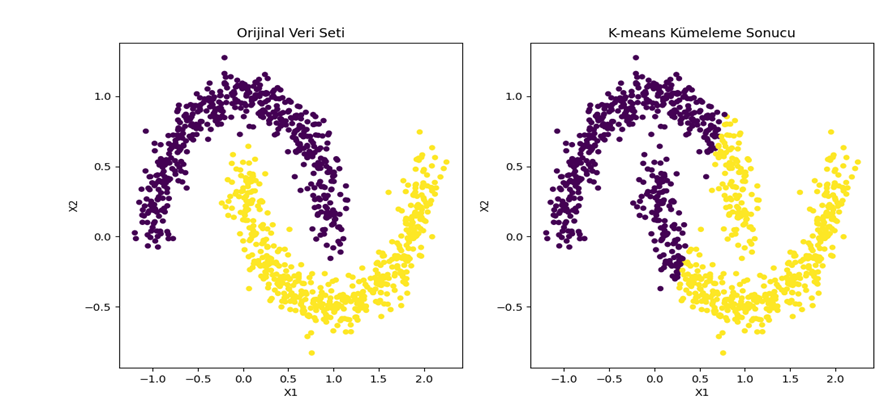
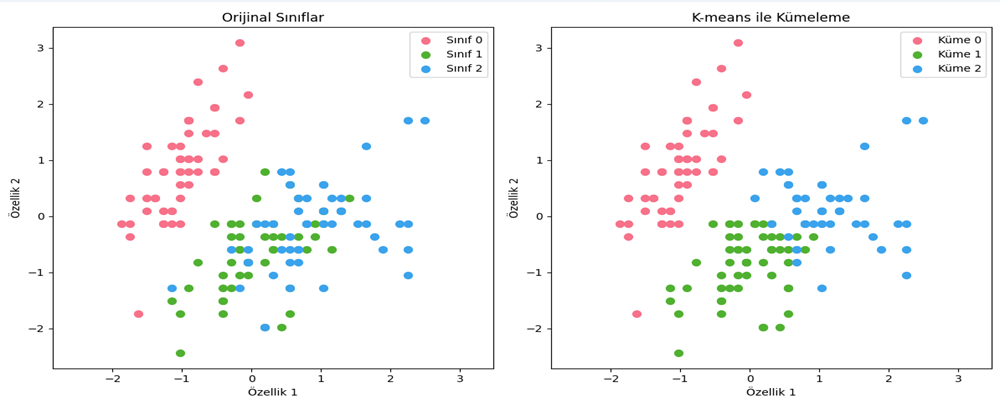
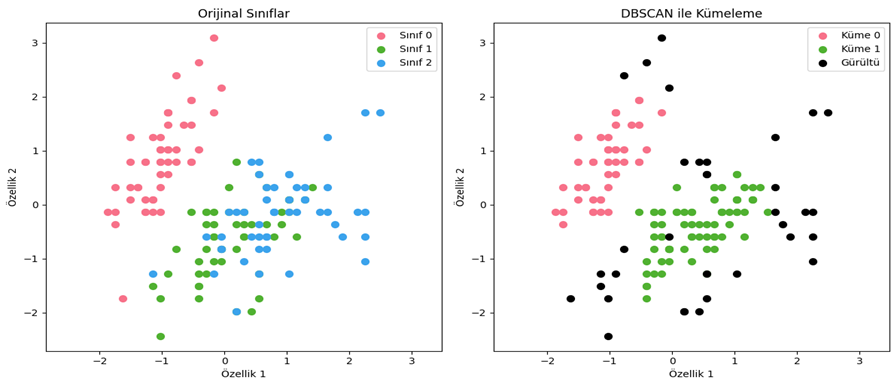
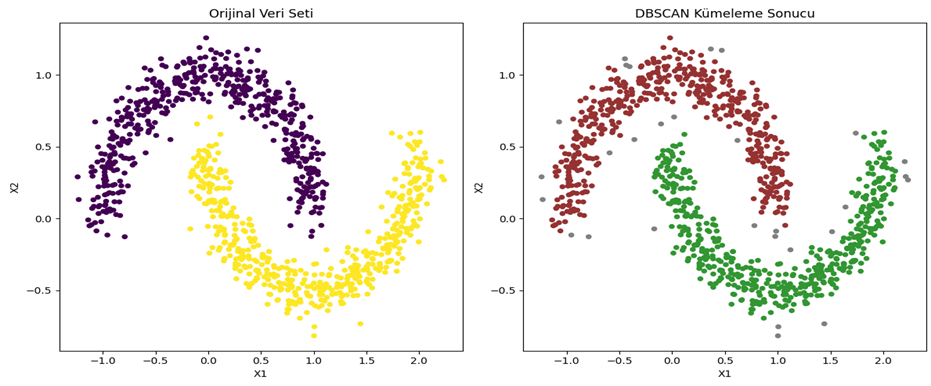
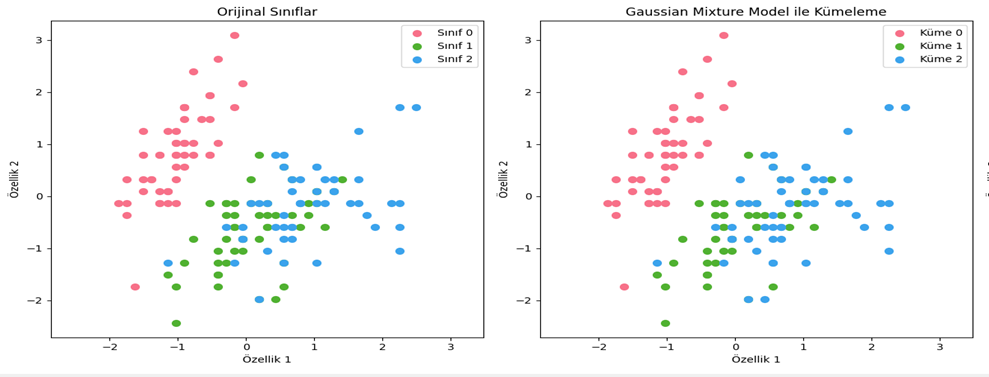
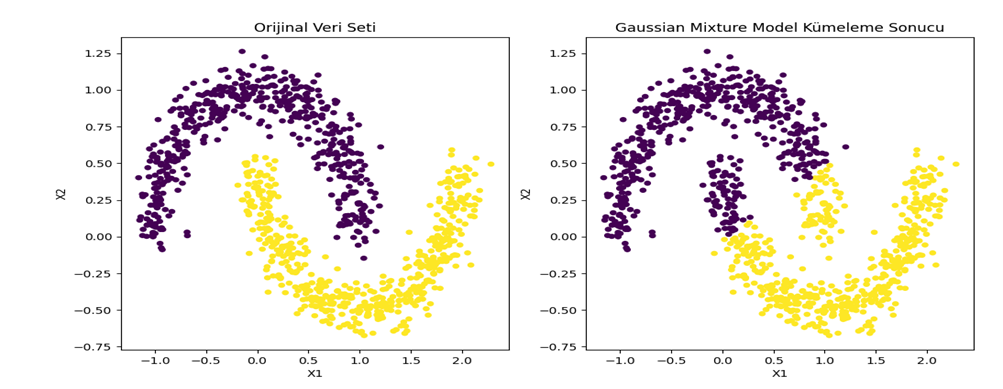

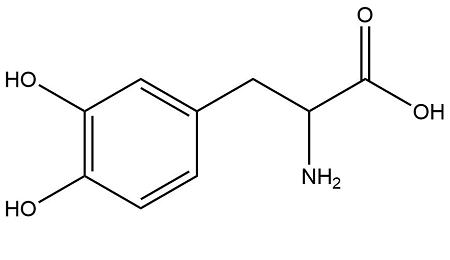
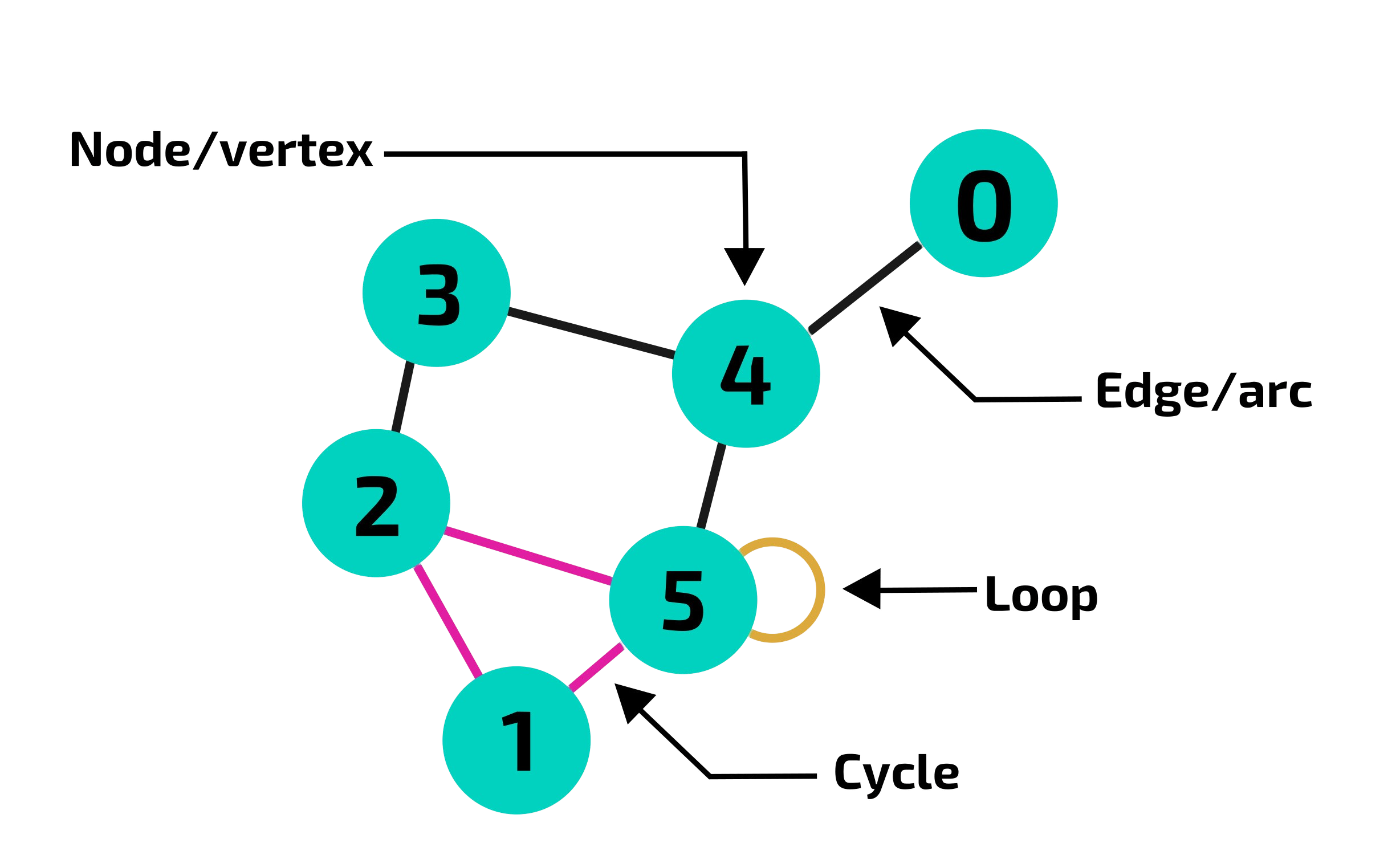
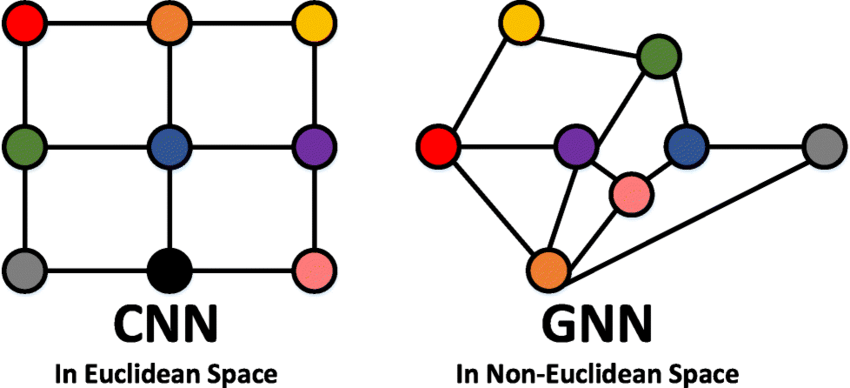

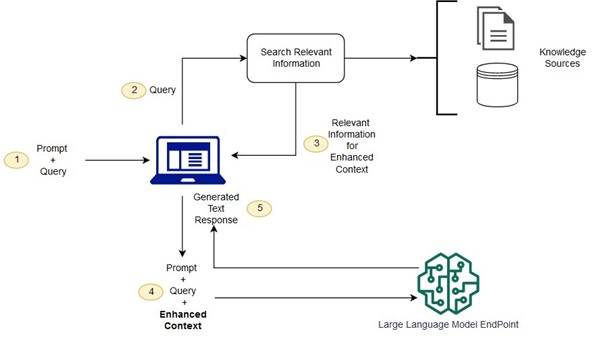
.png)
.png)
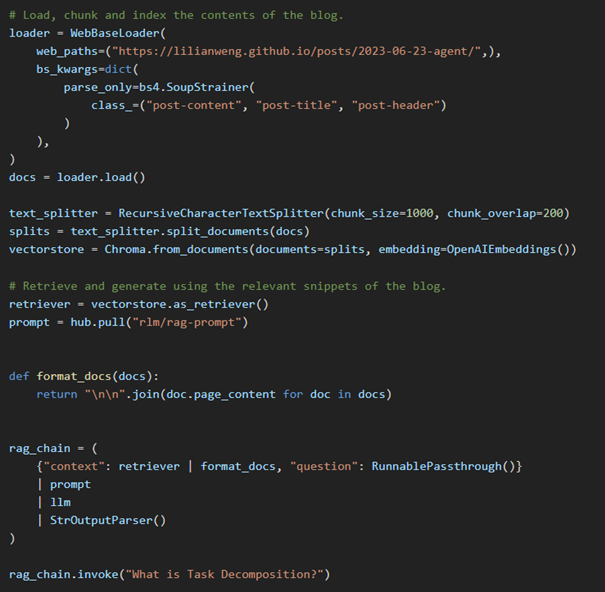
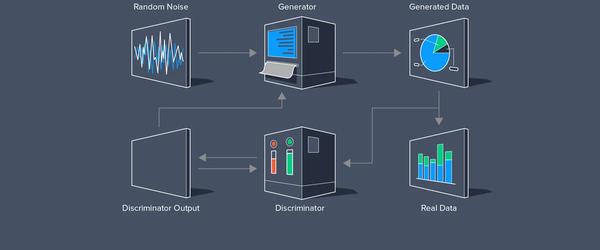
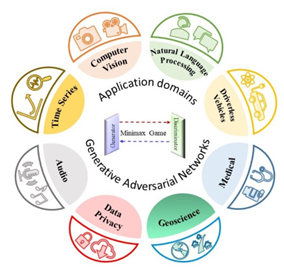
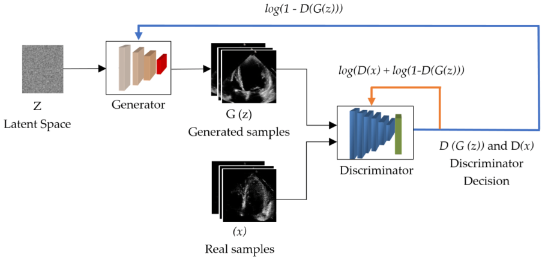
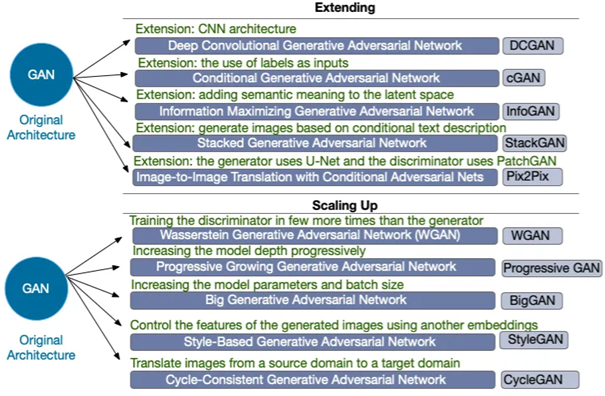


 Word Embeddings
Word Embeddings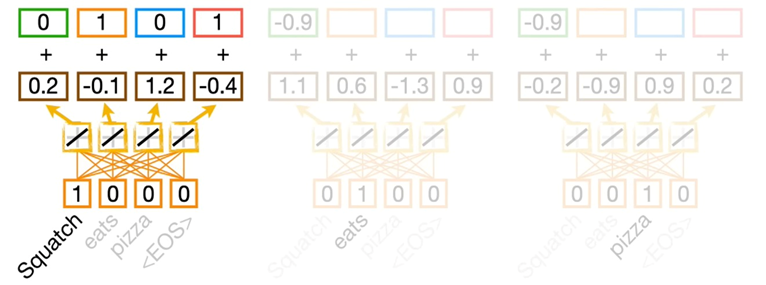

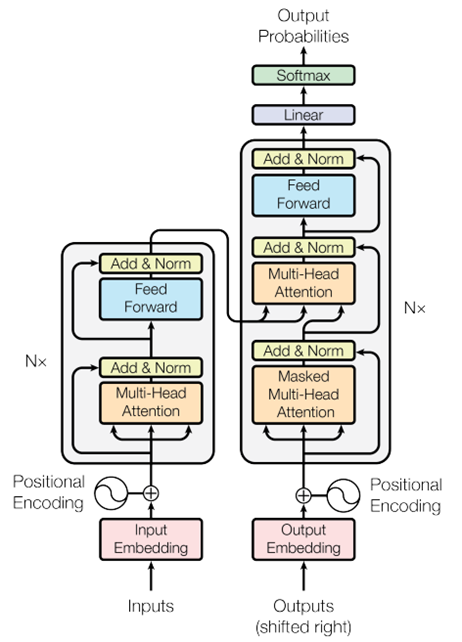
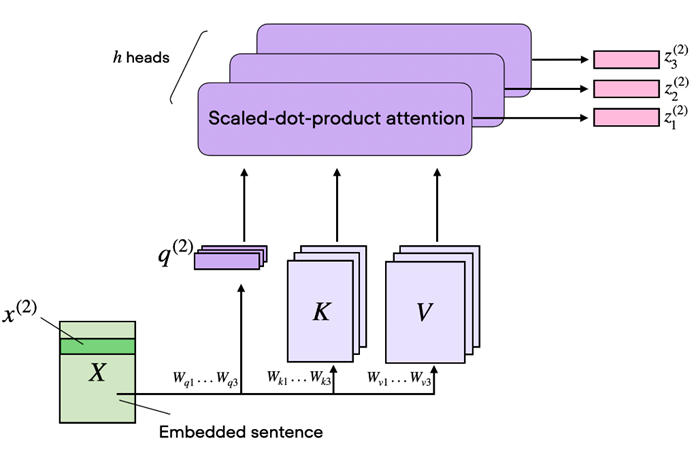
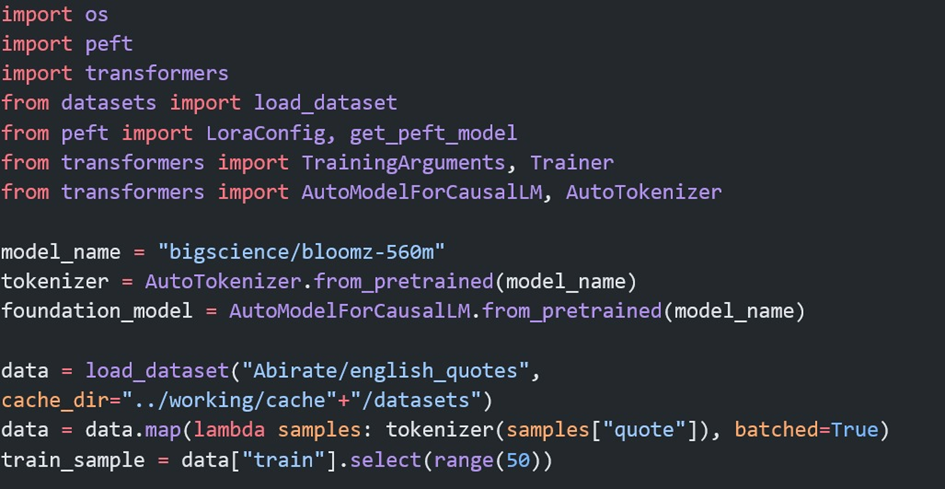
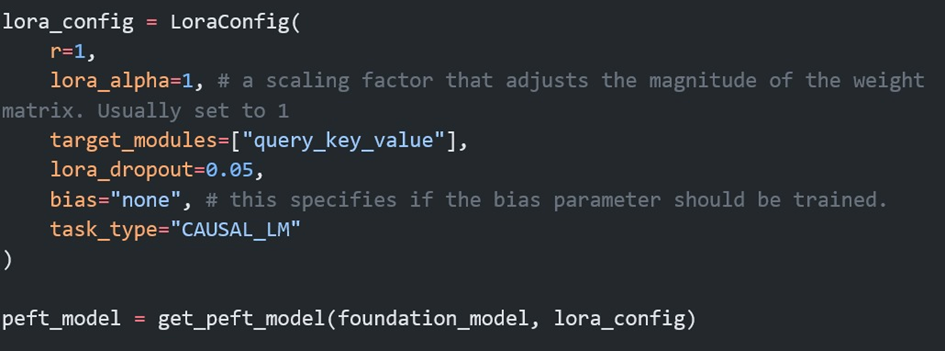
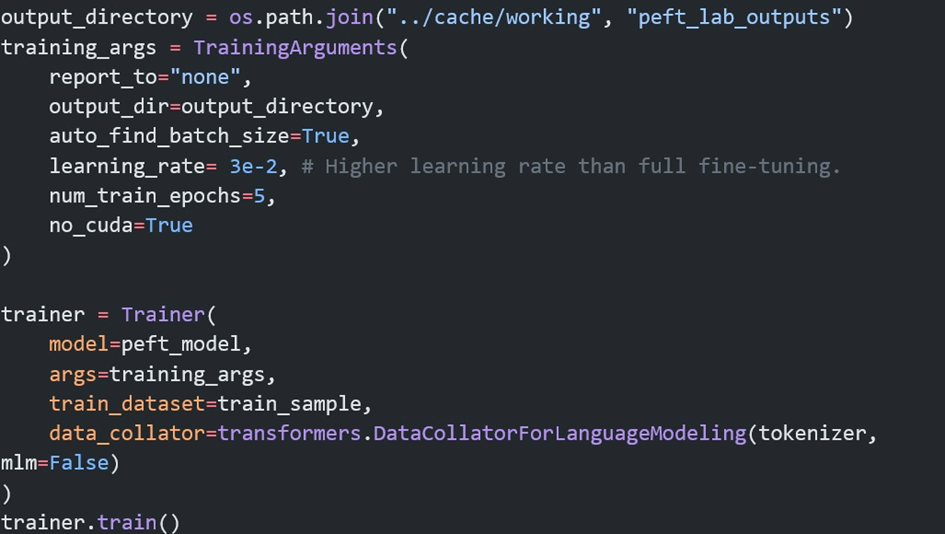


 What is SMEMA?
What is SMEMA?.png)
.png)





